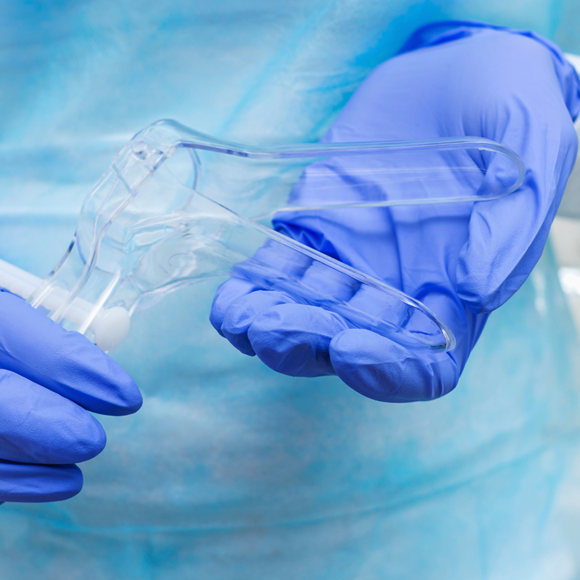We know the idea of a cervical screening (aka a smear test) might make you a bit nervous, and deciding whether to attend can be a difficult decision to make.
In this blog, we’re going to walk you through the whole process, step by step, so you know exactly what to expect, but before we do that, let’s just look at what exactly a smear test is for.
Cervical screenings are offered to women aged 25 – 49 every three years, and women aged 50 – 64 every five years. The programme is designed to detect abnormalities of the cervix early on, to help prevent cervical cancer before it develops.
Did you know, cervical screening prevents around 70% of cervical cancer deaths across all ages? If everyone attended screening regularly, 83% could be prevented. That’s pretty huge.
So, here’s the lowdown on what to expect…
Step 1: Making the Appointment
When it’s time to book, you’ll be sent a letter in the post asking you to make an appointment for your cervical screening test. The letter will also advise where your screening appointment, will take place, which is normally at your GP surgery with a female nurse or doctor. If having a female healthcare professional deliver the screening is important to you, make sure you ask at the time of booking, you can also let them know if you would like someone else to be in the room with you – either a friend or family member, or another trained member of staff.
Once you have your letter, you should book your appointment as soon as possible. Call your doctor’s office or use their online system if they have one, let them know it’s for a cervical screening, and they’ll help you find a convenient time. In some parts of England, you may be able to go to a local sexual health clinic or walk-in centre instead.
If you missed your last screening, you do not need to wait for a letter, just call and get yourself booked in as soon as you can.
Step 2: Getting Ready
On the day of your appointment, try to relax. Wear something comfortable that’s easy to take off and put on. It’s best to avoid having the screening when you’re on your period, and if possible, 2 days before or after you bleed.
You should also avoid using any vaginal medicines or lubricants in the 2 days before your screening, as they may affect the results.
Step 3: The screening
When you arrive at your appointment, the nurse or doctor will explain the procedure and answer any questions you might have. Don't be shy about asking anything—this is about your health, after all.

Step 4: The Screening Itself
You’ll be asked to undress, behind a screen, from the waist down and lie on the exam table. They’ll give you a sheet to cover yourself. Next, you will be asked to open your legs, you may be asked to put your heels together and drop your knees down to the bed, or you may be offered to place your feet in stirrups. The doctor or nurse will then use a small instrument called a speculum (pictured above) to gently open your vagina, a small amount of lubricant may be used. The nurse will then open the speculum so they can see your cervix. This might feel a bit strange, but it shouldn’t be painful. They’ll use a small brush to take a sample of cells from your cervix. This part takes just a few seconds.
Step 5: After the Screening
Once it’s done, you can get dressed. The test itself should take less than 5 minutes in total. You might feel a little bit of discomfort, but it should pass quickly. You should know that you’re in control of the screening test and can ask the nurse to stop at any time, don’t feel any pressure to keep going. You may have some spotting or light bleeding after your test , this is very common and should go after a few hours. Please contact your GP if you notice heavy bleeding after your test.
Following the test, the sample will be sent to a lab, and your nurse should tell you when you can expect your results letter.
Step 6: Follow-Up
Your cervical screening results letter will explain if human papillomavirus (HPV) was found in your sample, what your results mean and what the next steps are. If the results are unclear they may ask you to come back again a few months later. If your results are negative, you won’t need another screening for another 3 or 5 years. If there are any issues, try not to worry, your doctor will ensure you get the care you need.
Taking care of your health is so important, and a cervical screening is a key part of that. If you would like to access more information and support with cervical screening then visit the NHS website or seek medical advice from a healthcare professional. You've got this!
